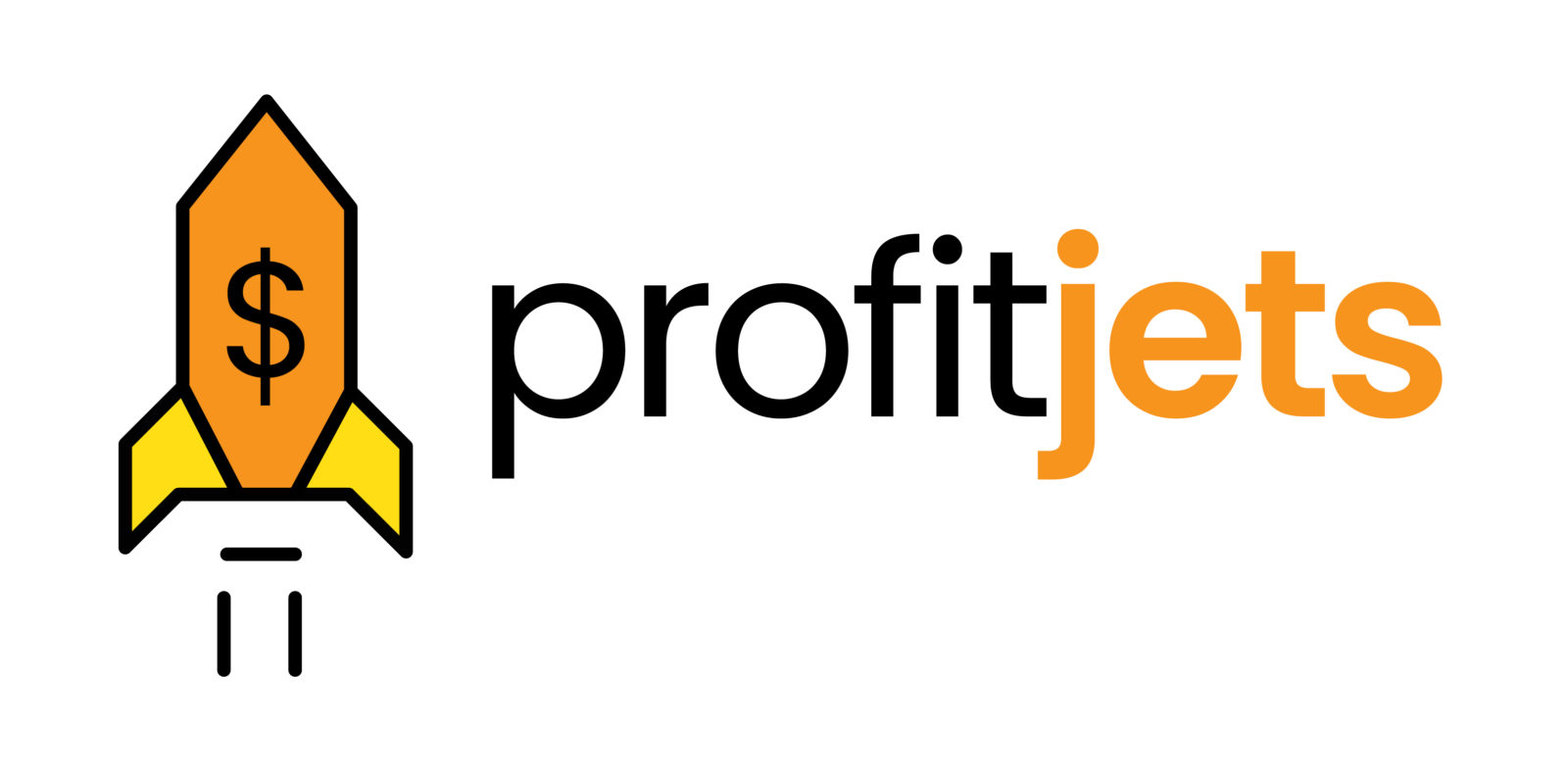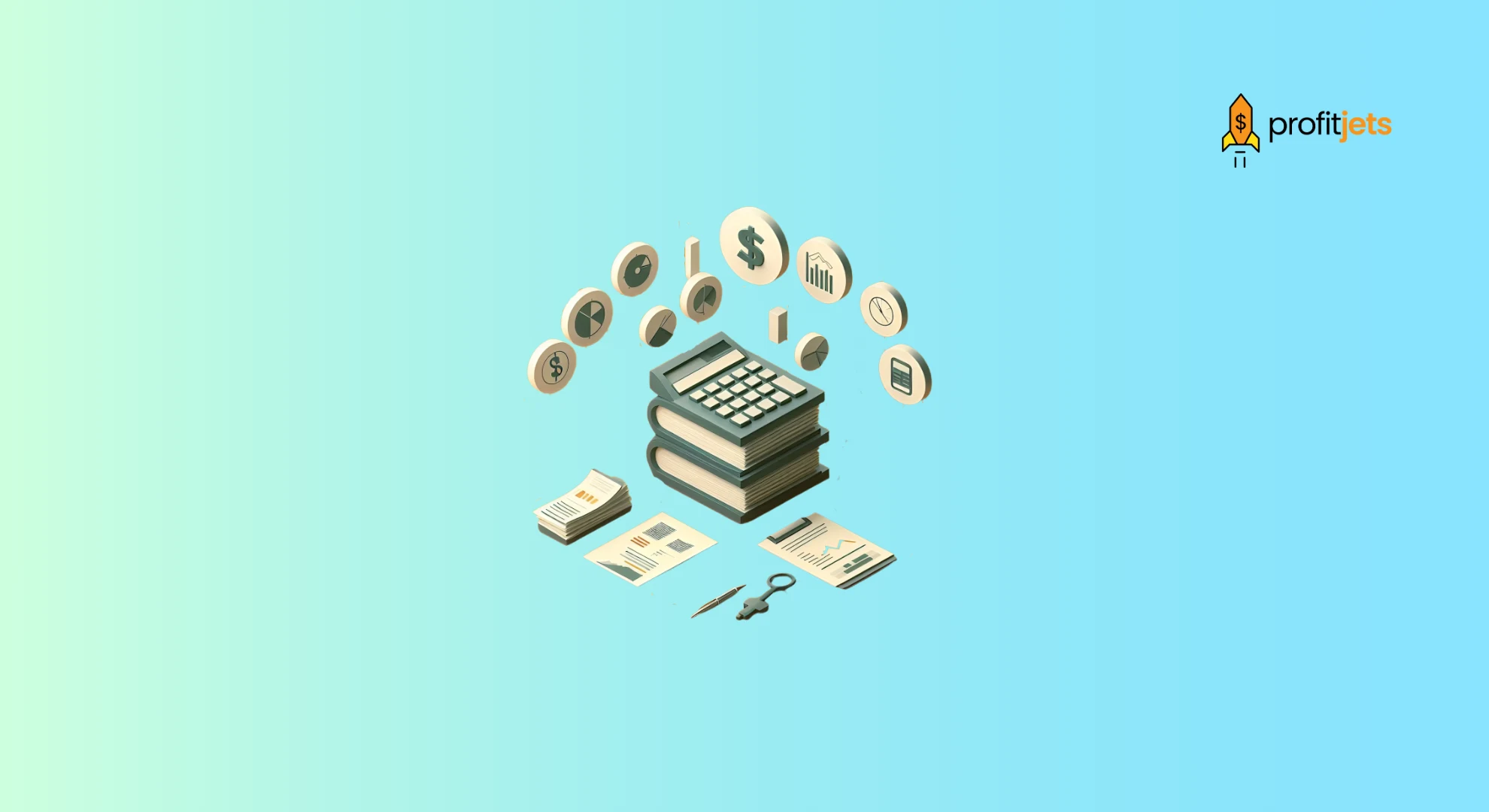For startups, e-commerce businesses, and small companies across the U.S., staying financially healthy requires more than just tracking profit. Cash flow analysis is a powerful tool that helps you understand where your money comes from, where it’s going, and how to plan your business’s financial future.
This guide will break down what cash flow analysis is, how to do it, why it matters in 2025, and how you can use it to grow smarter.
Table of Contents
What Is Cash Flow Analysis?
Cash flow analysis is the process of tracking, reviewing, and interpreting the inflows and outflows of cash in your business over a specific time period. It’s based on data from your statement of cash flows, which breaks down activity into three key categories:
- Cash Flow from Operating Activities – day-to-day business income and expenses
- Cash Flow from Investing Activities – purchase or sale of long-term assets like equipment or property
- Cash Flow from Financing Activities – loans, repayments, investor capital, or dividend payouts
Unlike profit, which can be manipulated with accounting techniques, cash flow shows real-time liquidity—how much cash you actually have to cover payroll, buy inventory, or pay rent.
Need help managing and recording these movements? Our bookkeeping services ensure your financial records reflect your cash flow accurately.
Why Is Cash Flow Analysis Important in 2025?
With economic uncertainty, rising interest rates, and tightened credit in 2025, small businesses must focus more than ever on liquidity and solvency. Here’s why cash flow analysis for small businesses is critical:
- ✅ Ensures day-to-day operations are funded
- ✅ Prevents cash shortages that could halt operations
- ✅ Identifies overspending or unnecessary outflows
- ✅ Supports budgeting and forecasting
- ✅ Strengthens your position when applying for loans or funding

Cash Flow vs Profit: What’s the Difference?
It’s common to confuse profit with cash flow, but the two are very different:
| Metric | Profit | Cash Flow |
| Based on | Revenue – Expenses | Cash In – Cash Out |
| Shown in | Income Statement | Cash Flow Statement |
| Timing | May include unpaid invoices | Reflects real-time cash status |
| Focus | Long-term success | Short-term survival and growth |
You might show a profit on paper while being cash-flow negative—especially dangerous for small businesses that need to make immediate payments.
How to Manage Cash Flow in a Small Business
Effective cash flow management starts with analysis and continues with disciplined planning and monitoring. Here are five essential steps:
1. Track Cash Inflows and Outflows Regularly
Use accounting software or professional outsourced bookkeeping services to track real-time income and expenses.
2. Forecast Cash Flow Monthly and Quarterly
A solid cash flow forecast helps anticipate low-cash periods, especially if you’re seasonal or project-based.
3. Monitor Receivables and Payables Closely
Shorten receivable cycles, offer early payment incentives, and delay non-urgent payables strategically.
4. Reduce Unnecessary Spending
Audit your expenses quarterly and eliminate or negotiate vendor contracts that don’t bring ROI.
5. Build a Cash Reserve
Just like a personal emergency fund, a business reserve can protect you in lean periods or downturns.
Need more guidance on cash flow forecasting? Our CFO services can help align your cash flow planning with growth goals.
Types of Cash Flow to Track
A. Operating Cash Flow (OCF)
Measures the cash your business generates from core operations.
B. Investing Cash Flow
Tracks spending on equipment, tools, or asset sales. Negative values may be normal during growth.
C. Financing Cash Flow
Includes loan proceeds, debt repayment, and equity injections.
D. Free Cash Flow (FCF)
Cash remaining after CapEx. Useful for growth, paying off loans, or distributing dividends.
E. Levered Free Cash Flow
What remains after paying interest and financial obligations.
Each metric provides a layer of insight. Together, they give a 360° view of your company’s financial health.
How Cash Flow Analysis Helps Small Businesses Thrive
- Informs better budgeting and pricing decisions
- Highlights seasonal or operational gaps
- Prepares you for funding rounds or bank loans
- Reveals whether you’re truly growing—or just burning capital
If you’re unsure whether your growth is sustainable, a cash flow for small business review can provide clarity.
How to Conduct a Simple Cash Flow Analysis (Step-by-Step)
Step 1: Gather Data
Pull bank statements, credit card activity, invoices, and payroll reports.
Step 2: Categorize Transactions
Break down into operating, investing, and financing activities.
Step 3: Build the Statement of Cash Flows
Use a spreadsheet or accounting software like QuickBooks, or rely on an outsourced accounting firm for startups.
Step 4: Identify Patterns
- Positive operating cash flow = sustainable
- Negative investing cash flow = growth
- Positive financing cash flow = new funding or debt
Step 5: Adjust Your Strategy
Use insights to control costs, time investments, or shift marketing budgets.
Common Mistakes in Cash Flow Management
- Relying only on profit reports
- Ignoring late receivables
- No forecasting during slow seasons
- Overspending on inventory or equipment
- Not building reserves
Outsource to experts in cash flow management, especially if you lack internal resources.

How ProfitJets Can Help
We offer tailored support for:
- Cash flow audits and setup
- Ongoing monitoring through outsourced bookkeeping services
- Tax planning with cash-based strategies via our Tax Services
- Startup financial modeling through CFO Services
Whether you’re an e-commerce seller, a startup, or a small business, Profitjets ensures your finances are fluid, healthy, and ready for growth.
FAQs on Cash Flow Analysis
1. How often should I perform a cash flow analysis?
At least monthly. But if your business is scaling, reviewing it weekly can prevent sudden shortages.
2. Can I do a cash flow analysis without accounting software?
Yes, but it’s more time-consuming and prone to error. Tools or outsourced bookkeeping services help streamline the process.
3. Is negative cash flow always bad?
Not necessarily. For example, negative cash flow from investing could mean you’re expanding. Always consider the context.
4. How is cash flow used in business decision-making?
It influences hiring, inventory planning, marketing budgets, and timing for capital investments.
5. Can Profitjets help forecast seasonal cash flow dips?
Absolutely. Our CFO services specialize in forecasting and building buffers for seasonal or economic downturns.










